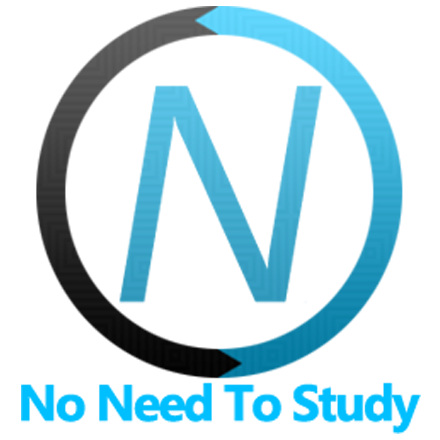应用布局
我们应该为应用做的第一件事是创建带有应用骨架的 index.html 文件。Framework7 React 预计与捆绑器(例如 webpack)一起使用,因此应自动注入/生成 index.html 样式和脚本。
<!DOCTYPE html>
<html>
<head>
<!-- Required meta tags-->
<meta charset="utf-8">
<meta name="viewport" content="width=device-width, initial-scale=1, maximum-scale=1, minimum-scale=1, user-scalable=no, viewport-fit=cover">
<meta name="apple-mobile-web-app-capable" content="yes">
<!-- Color theme for statusbar (Android only) -->
<meta name="theme-color" content="#2196f3">
<!-- Your app title -->
<title>My App</title>
<!-- Framework7 styles -->
<link rel="stylesheet" href="path/to/framework7-bundle.min.css">
</head>
<body>
<!-- App Root Element -->
<div id="app"></div>
<!-- Scripts will be auto injected -->
</body>
</html><div id="app"></div> 是应该放置主要应用骨架的地方。您可以将其内容作为组件挂载,或者(例如),我们可以在此 div 内直接开始编写应用骨架
基本布局
让我们看看非常基本的应用组件布局
// App.jsx
import { App, View, Page, Navbar, Toolbar, Link } from 'framework7-react';
export default () => (
// Main Framework7 App component where we pass Framework7 params
<App theme="auto" name="My App">
{/* Your main view, should have "main" prop */}
<View main>
{/* Initial Page */}
<Page>
{/* Top Navbar */}
<Navbar title="Awesome App"></Navbar>
{/* Toolbar */}
<Toolbar bottom>
<Link>Link 1</Link>
<Link>Link 2</Link>
</Toolbar>
{/* Page Content */}
<p>Page content goes here</p>
<Link href="/about/">About App</Link>
</Page>
</View>
</App>
)
高级布局
现在,我们来看看更高级的布局,其中我们还将添加带有视图和弹出窗口的侧面板
// App.jsx
import { App, NavRight, Panel, View, Page, Navbar, Block, Button, Popup, Link } from 'framework7-react';
export default () => (
/* Main Framework7 App component where we pass Framework7 params */
<App theme="auto" name="My App">
{/* Left Panel with "cover" effect */}
<Panel left cover>
<View>
<Page>
<Navbar title="Left Panel"></Navbar>
<Block>
<p>Here comes the left panel text</p>
</Block>
</Page>
</View>
</Panel>
{/* Right Panel with "reveal" effect */}
<Panel right reveal>
<View>
<Page>
<Navbar title="Right Panel"></Navbar>
<Block>
<p>Here comes the right panel text</p>
</Block>
</Page>
</View>
</Panel>
{/* Main view */}
<View main>
<Page>
<Navbar title="Awesome App"></Navbar>
{/* Page content */}
<Block>
<p>Here comes main view page text</p>
</Block>
{/* Buttons to open panels */}
<Block className="grid grid-cols-2 grid-gap">
<Button panelOpen="left">Left Panel</Button>
<Button panelOpen="right">Right Panel</Button>
</Block>
{/* Button to open popup */}
<Button popupOpen="#my-popup">Open Popup</Button>
</Page>
</View>
{/* Popup. All modals should be outside of Views */}
<Popup id="my-popup">
<View>
<Page>
<Navbar title="Popup">
{/* Link to close popup */}
<NavRight>
<Link popupClose>Close</Link>
</NavRight>
</Navbar>
<Block>
<p>Here comes popup text</p>
</Block>
</Page>
</View>
</Popup>
</App>
)
您可以在相应部分中阅读有关视图、导航栏、工具栏、页面、面板和其他组件的更多信息。
初始化应用
现在,当我们有了基本模板时,我们需要(例如)在 my-app.js 中初始化我们的应用


